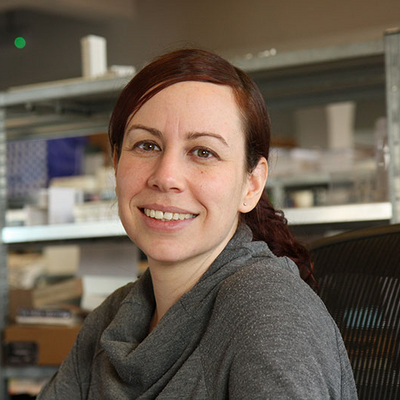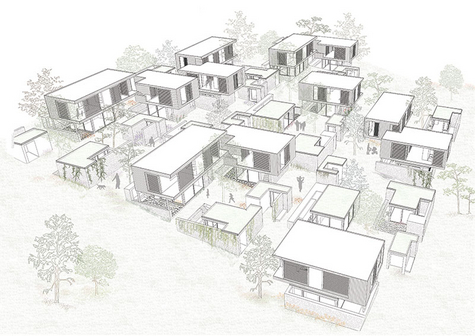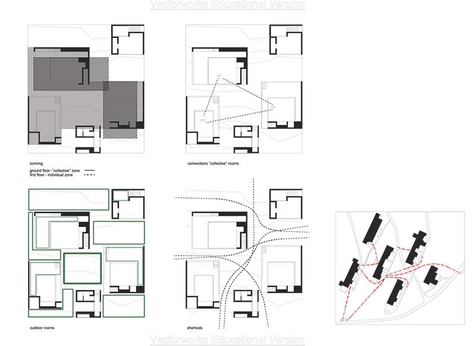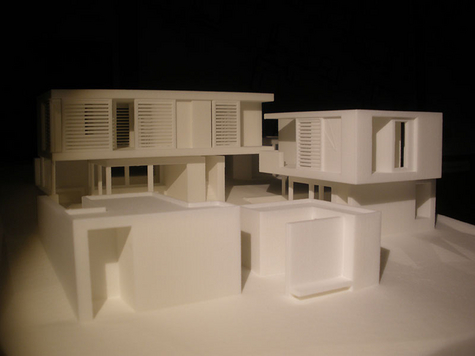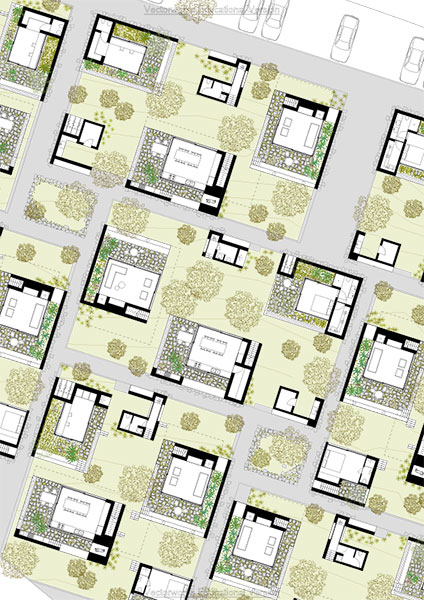Avital Broide
- Opleiding
- Architectuur
- Lichting
- 2013
- Contact
- LinkedIn
The neighborhood for returning sons and daughters
Proposal for a new way of living on the kibbutz
The kibbutz is perhaps the most radical experiment that was done in the 20th century of residential and living together in the community. I am the third generation of this experiment.
I was born in Kfar menahem. When I was 6 weeks old I moved from my parents' home into the children’s house, along with the other babies in my age. We lived and slept in the children’s houses. Initially, the children’s house was our kindergarten and later it became our classroom. But despite how it may sound, we were happy children. We were surrounded by spacious lawns, safely distanced from all danger, worry or concern. The kibbutz’s members loved and believed in their way of life (most of the time), and created a world for us that was filled with good and plenty – the kibbutz.
The change happened when I was in fourth grade. The kibbutz decided to switch over to “family sleeping” arrangements. Literally overnight, all of the kibbutz children stopped sleeping in the children’s houses and began to sleep at home with their parents. The daring step taken by the members of the kibbutz threatened to break apart their basic, communal ideals and ideology.
The changes were both social and ideological. A society that supported and believed in the value of equality had become a society of individuality. The family became the primary focus of daily life, and the communal, cooperative and collective way of life was slowly dwindling away.
Over a period of some fifteen years, the kibbutz underwent processes with far-reaching consequences. The primary results included the decision to establish residential areas for young sons and daughters, who were born on the kibbutz, left during the years, and want to return “home” to live and raise their new families on the kibbutz.
My project tries to formulate the next stage in the urban evolution of the settlement. What kind of urban strategy suits the ideological changes that make their marks on the kibbutz? A strategy that ensures both the preservation of the collective memory, and options of development for future needs. based on the ideology of the kibbutz planning perception. How can its nature be redefined by architectural means?
The final product is a new model for housing and residential neighborhoods on kibbutz: I intend to introduce a new type of structure, an architectural and spatial structure, rests upon the values and the qualities of the historical space, but offers new residential solutions for the modern needs of the individual, without harming the unique kibbutz tapestry. A prototype that can be applied to any other kibbutz.
